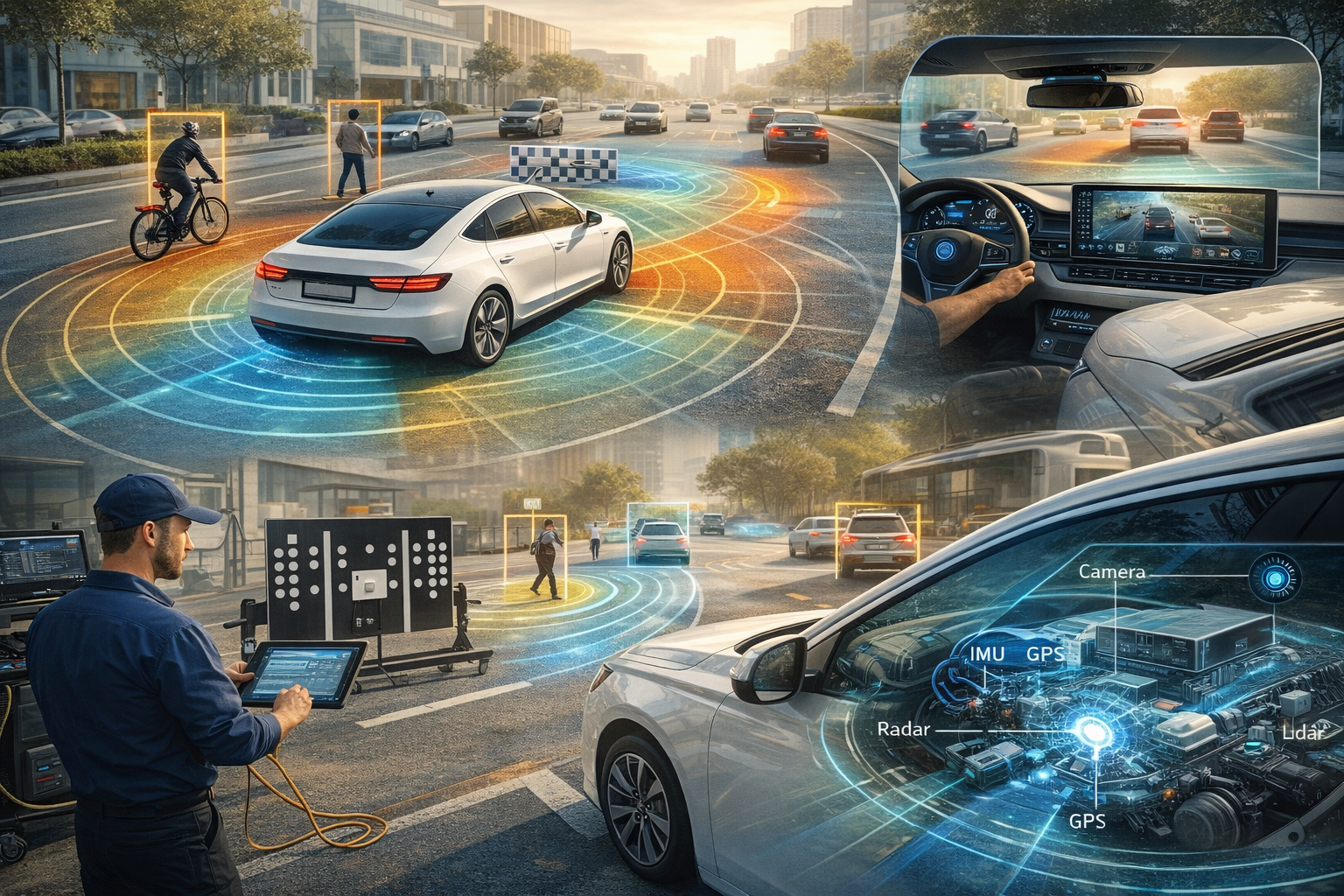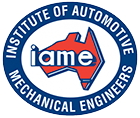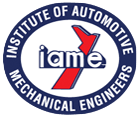Number plate warning labels are a must to pass inspection

Not having the required number plate warning label affixed to a vehicle’s number plate is a valid Reason for Rejection under the AIS Safety Check Rules. The vehicle’s driver can even be fined.
Since 1 July 2020, electric, hybrid and hydrogen vehicles must display an approved number plate warning label affixed to its front and rear number plates.
It’s a Reasons for Rejection under the AIS Safety Check Rules and an offence under NSW Transport legislation to operate an electric, hybrid or hydrogen vehicle on a NSW road without the required number plate warning labels affixed. The vehicle’s driver may be fined, and the vehicle defected.
More information on the requirements for these labels is provided in VSI.63 Number Plate Warning Labels.
Vehicle owners can get free replacement number plate labels from any Service NSW centre.








